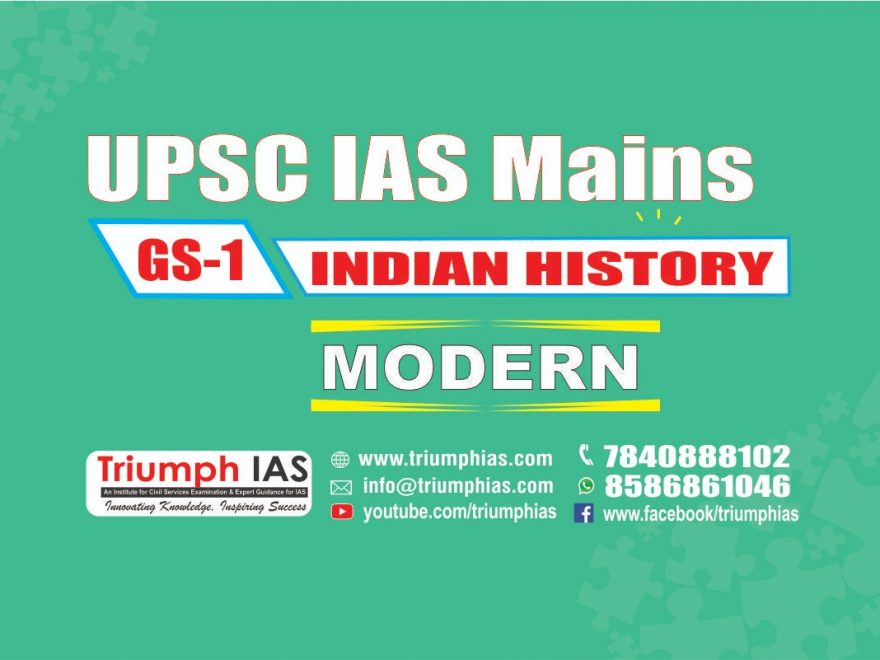Relevance: Mains: G.S paper I: Modern History
Who was Lord Curzon?
- Born in 1859 into British nobility, Curzon was educated at the elite Eton College school and attended Oxford.
• In 1891, he became Under-Secretary of State for India (the deputy minister in the British cabinet responsible for India).
• He became the youngest Viceroy of India in 1899 at age 39, and remained in office until his resignation in 1905.
• Curzon was deeply racist, and convinced of Britain’s “civilising mission” in India. In 1901, he described Indians as having “extraordinary inferiority in character, honesty and capacity”.
• He said, “It is often said why not make some prominent native a member of the Viceroy’s Executive Council? The answer is that in the whole continent there is not an Indian fit for the post.”
• The Viceroy was intolerant of Indian political aspirations. In a letter to the British Secretary of State in 1900, Curzon wrote, “(The Indian National) Congress is tottering to its fall, and one of my greatest ambitions while in India is to assist it to a peaceful demise.”
What was Curzon’s role in the partition of Bengal?
- In July 1905, Curzon announced the partition of the undivided Bengal Presidency. The Presidency was the most populous province in India, with around 8 crore people, and comprised the present-day states of West Bengal, Bihar, parts of Chhattisgarh, Odisha, and Assam, as well as today’s Bangladesh.
• A new province of East Bengal and Assam was announced, with a population of 3.1 crore, and a Muslim-Hindu ratio of 3:2.
• Bengal, the western province, was overwhelmingly Hindu. While the move was ostensibly aimed at making the administration of the large region easier, Curzon’s real intentions were far less benign.
• He recorded in a letter: “The Bengalis like to think of themselves as a nation… If we are weak enough to yield to their clamour now we shall not be able to dismember or reduce Bengal again, and you will be cementing and solidifying on the eastern flank of India a force almost formidable, and certain to be an increasing trouble in the future.”
What happened after the partition was announced?
- The partition provoked great resentment and hostility in Bengal. It was clear to the Bengal Congress and patriotic Indians in both Bengal and elsewhere that Curzon’s motive was to crush the increasingly loud political voices of the literate class in the province, and to provoke religious strife and opposition against them. But the protests against the partition did not remain confined to this class alone.
• A campaign to boycott British goods, especially textiles, and promote swadeshi began.
• There were marches and demonstrations with the protesters singing Bande Mataram to underline their patriotism and challenge the colonialists. Samitis emerged throughout Bengal, with several thousand volunteers.
• Rabindranath Tagore led the marches at many places, and composed many patriotic songs, most famously ‘Amar Sonar Bangla’ (My Golden Bengal), which is now the national anthem of Bangladesh.
• The message of patriotism and Bengali nationalism was showcased in Jatras, or popular theatre.
What impact did the protests have?
- Curzon left for Britain in 1905, but the agitation continued for many years. Partition was finally reversed in 1911 by Lord Hardinge in the face of unrelenting opposition.
• The Swadeshi movement, which had grown significantly during the agitation, later reached nationwide proportions. The partition of Bengal and the highhanded behaviour of Curzon fired the national movement and the Congress.
Conclusion:
- Curzon had hoped… to bind India permanently to the Raj. Ironically, his partition of Bengal, and the bitter controversy that followed, did much to revitalize Congress. Curzon, typically, had dismissed the Congress in 1900 as ‘tottering to its fall’. But he left India with Congress more active and effective than at any time in its history.”

